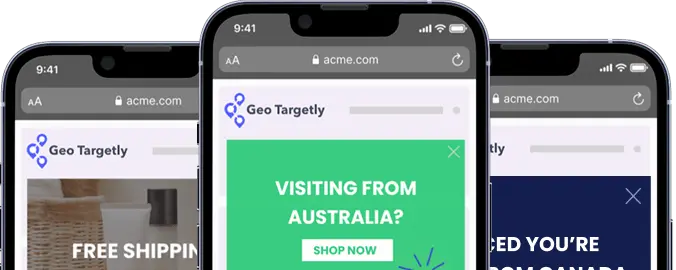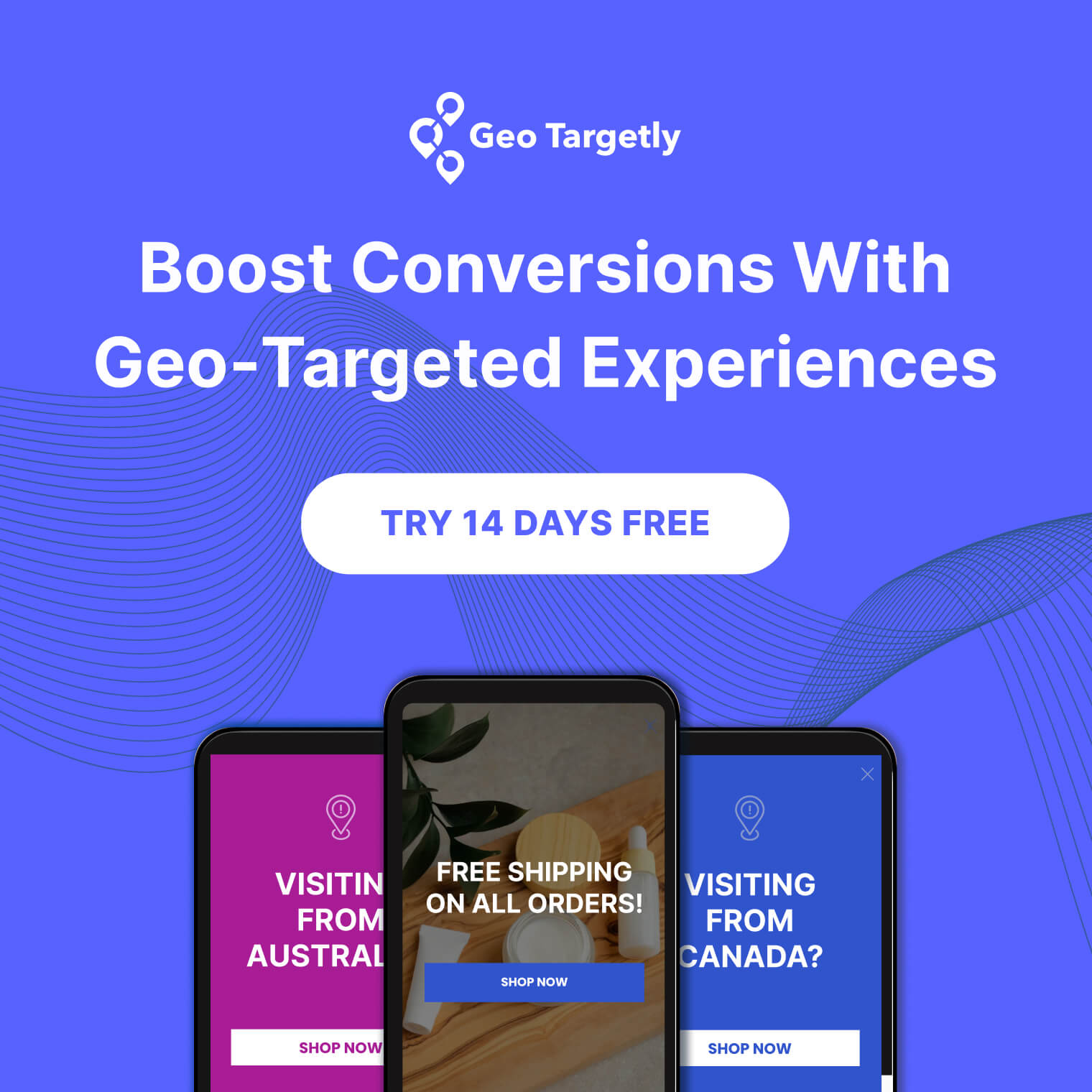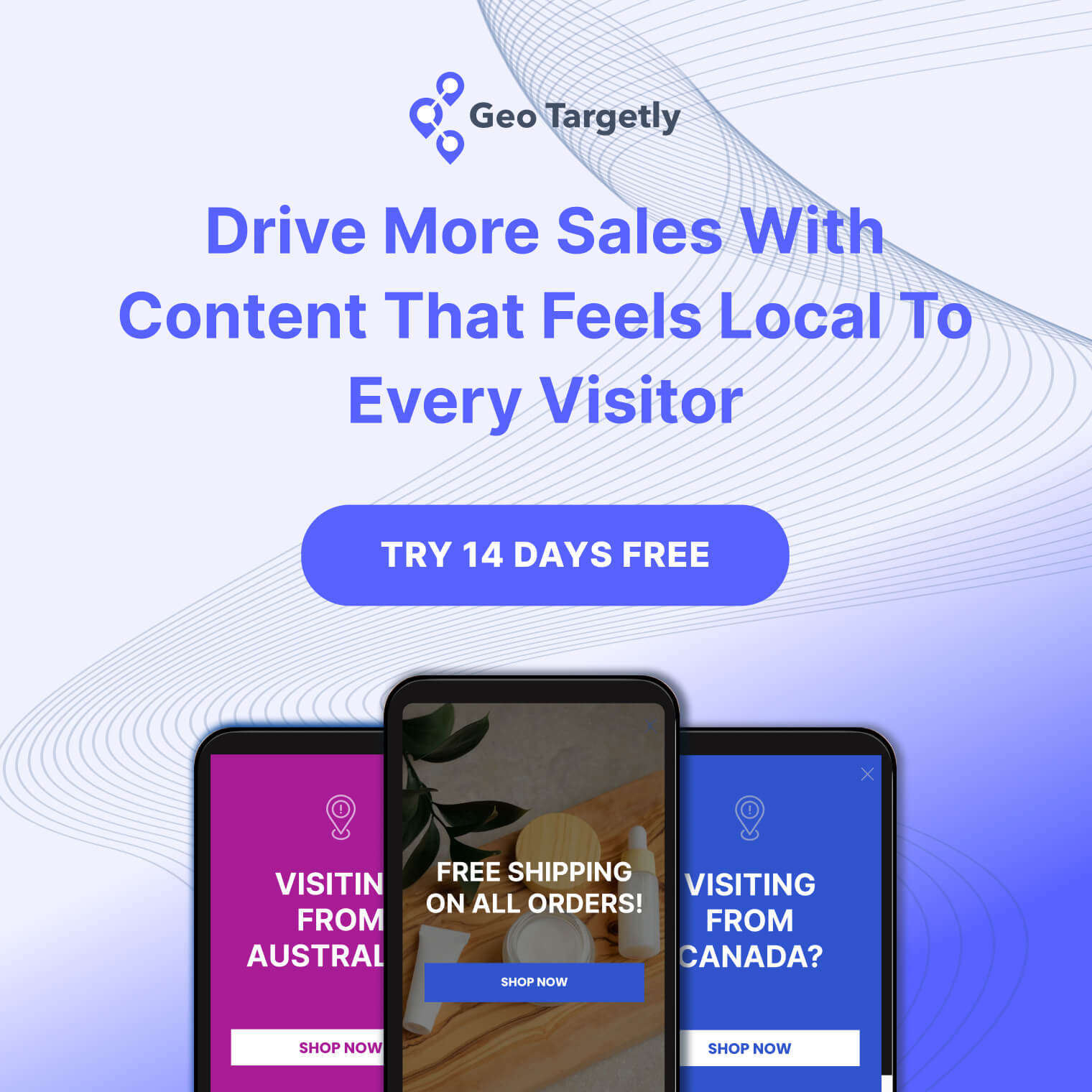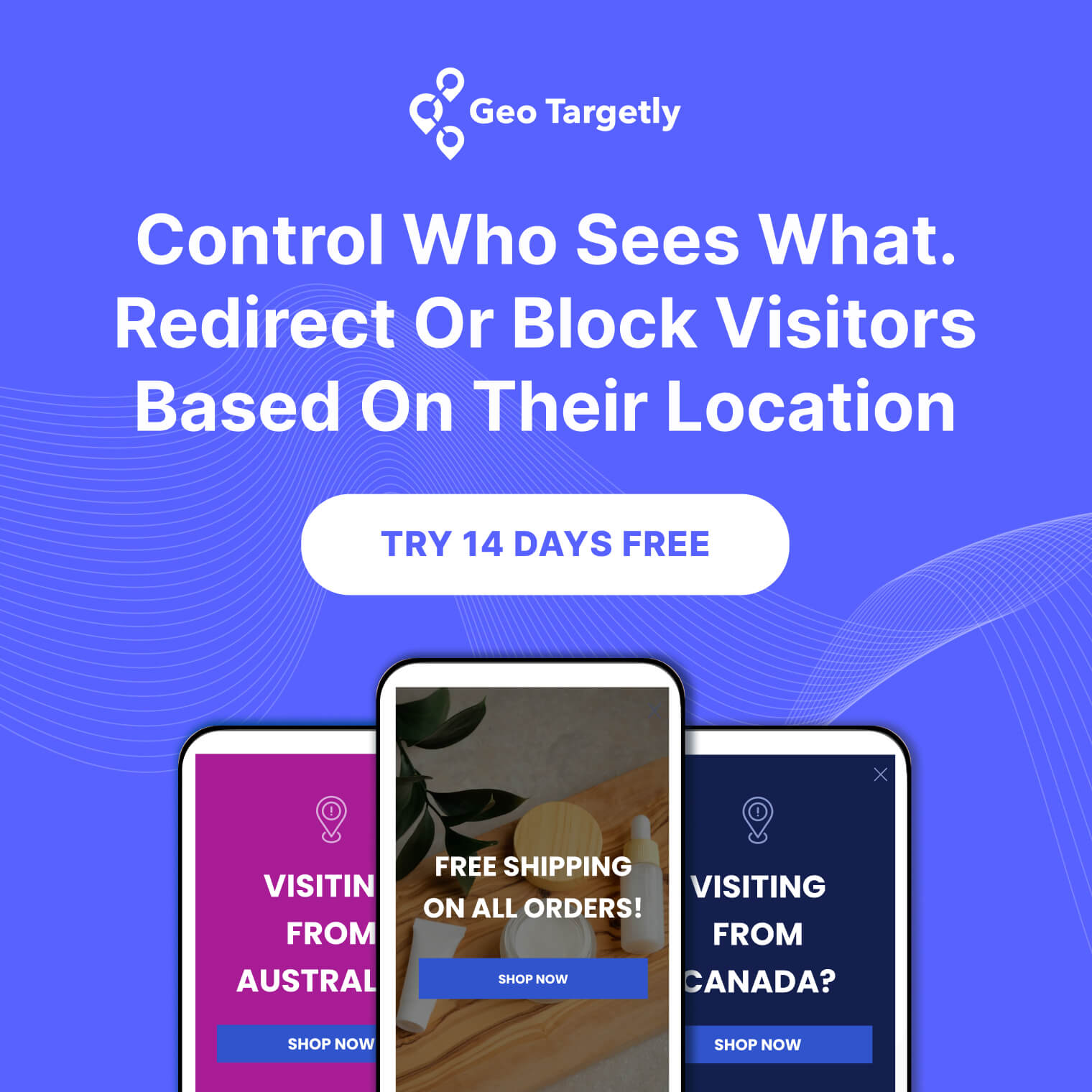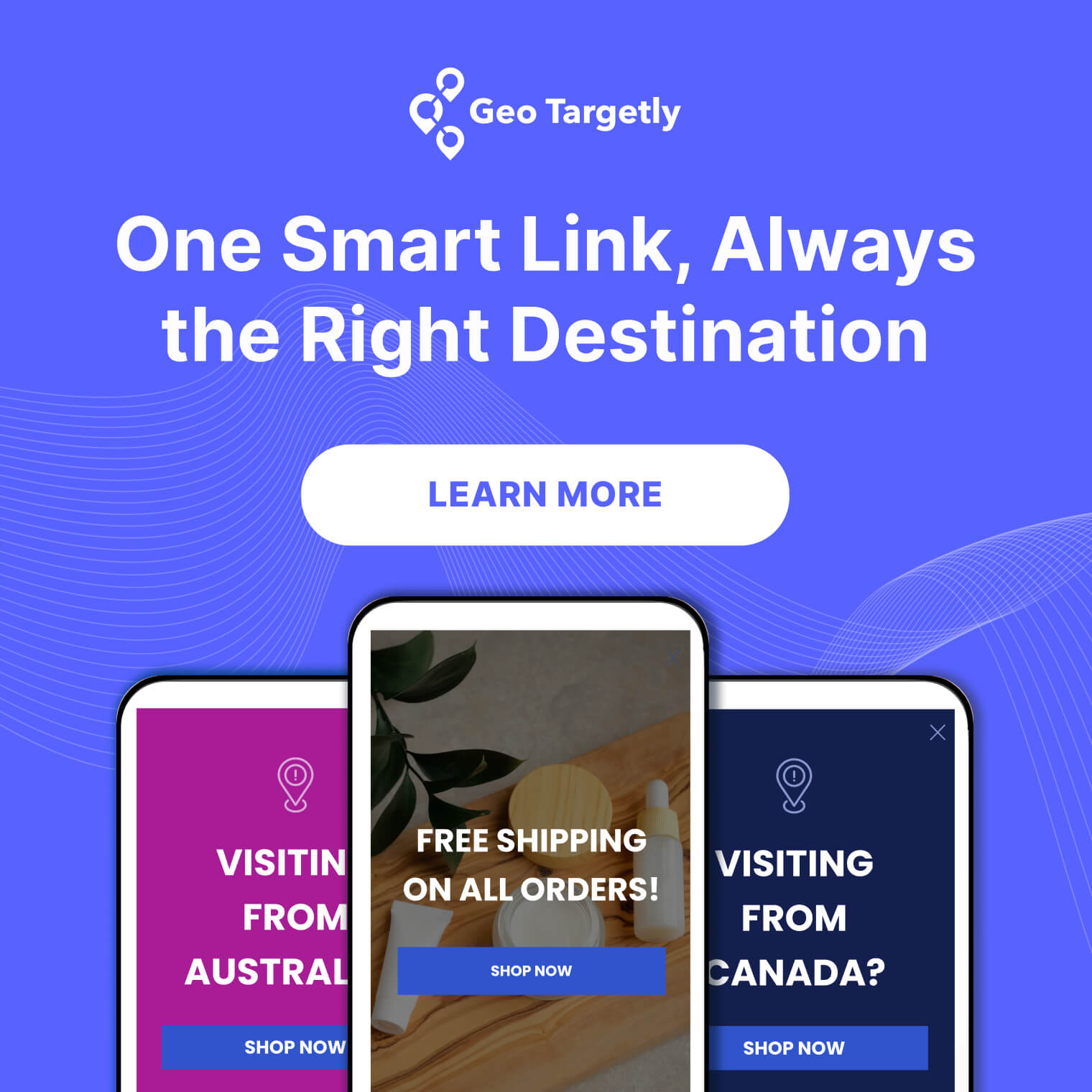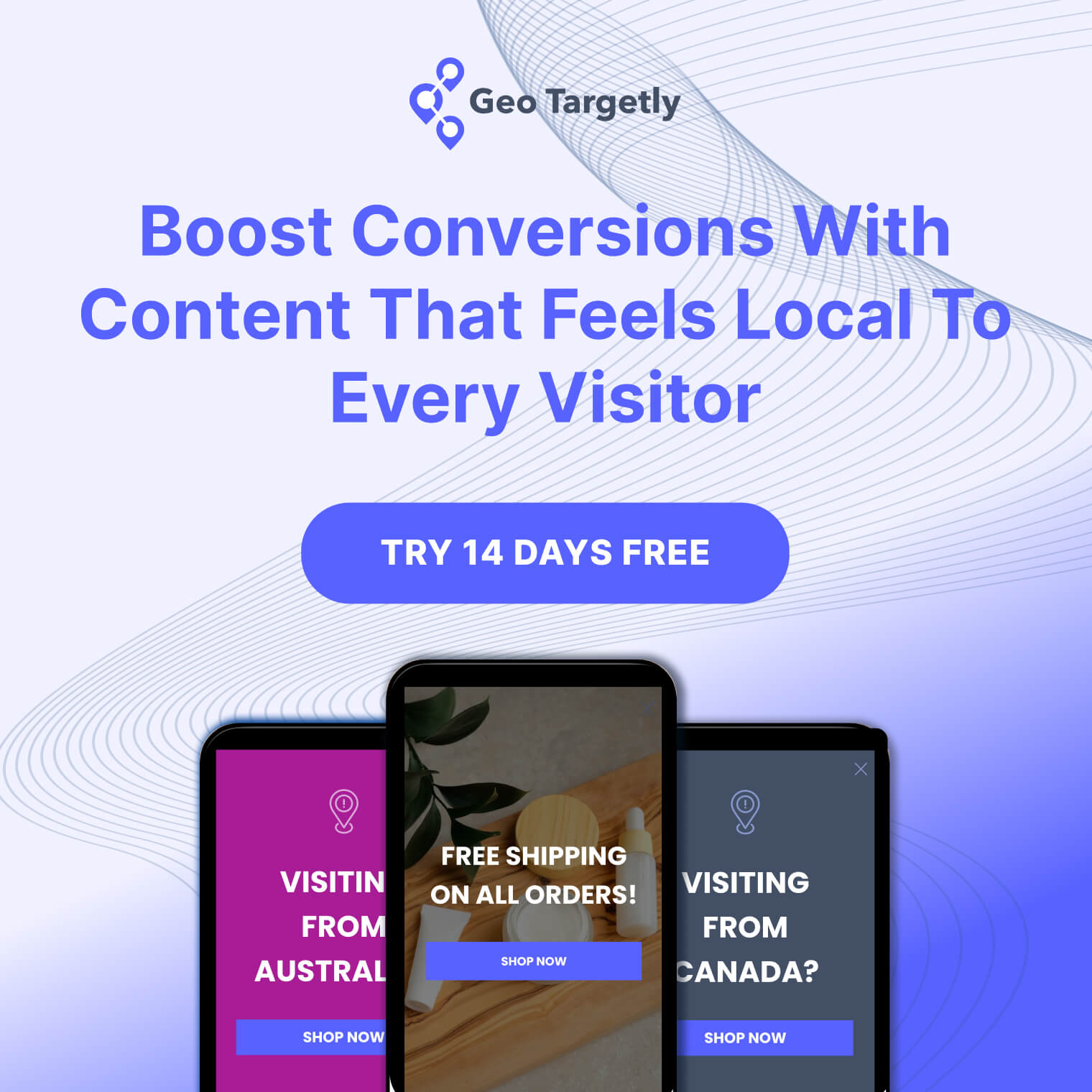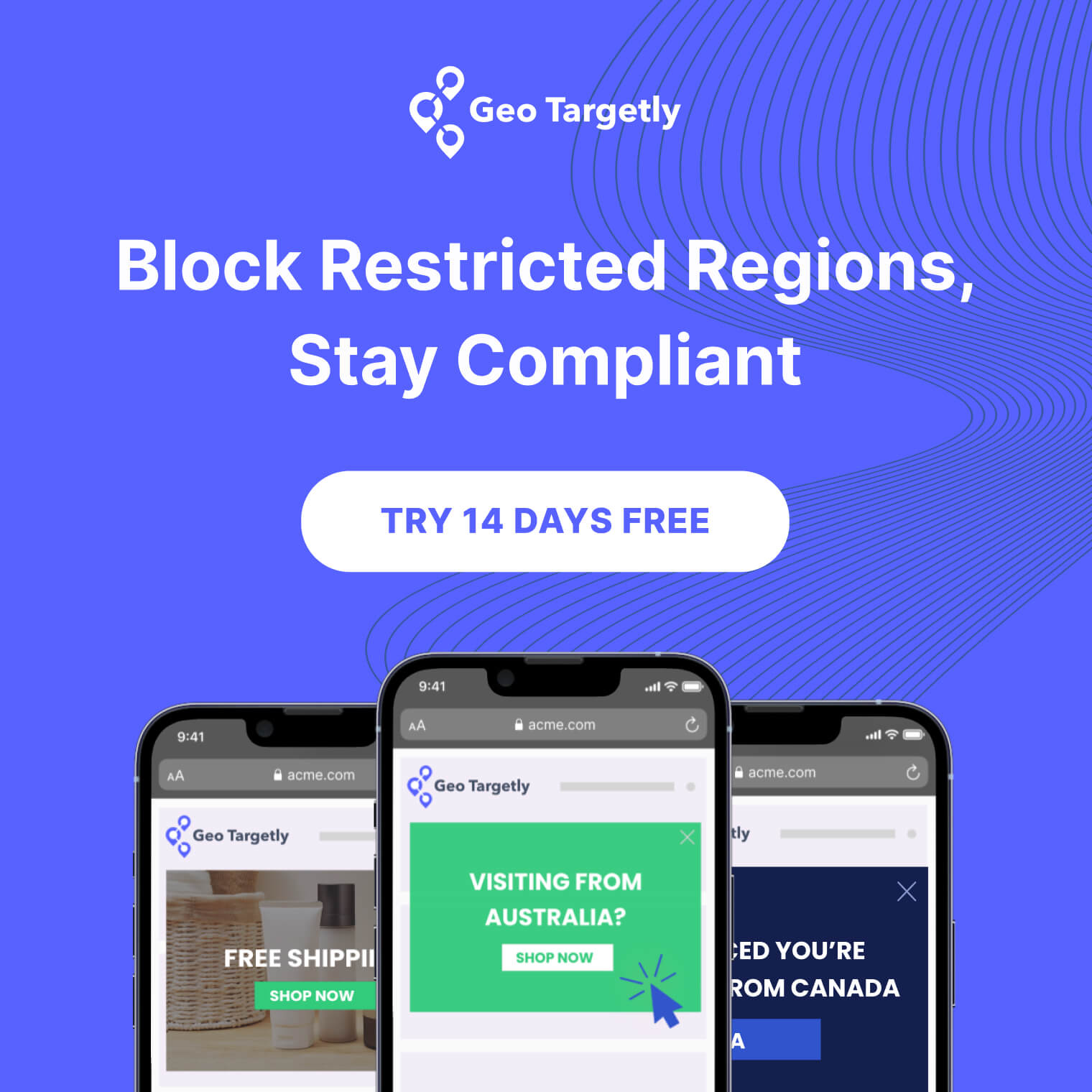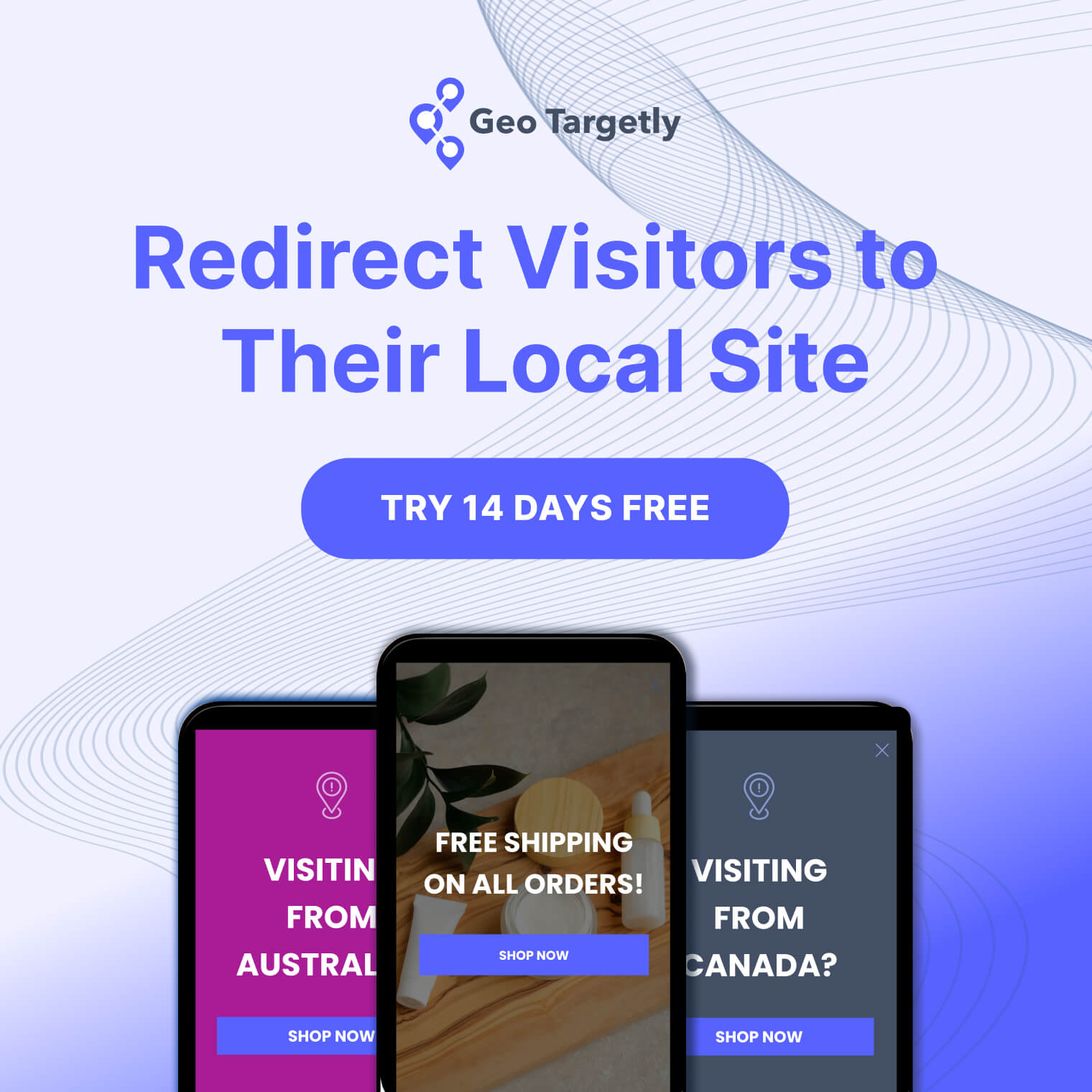

It's easy to get lost in the long list of options available for targeting your Google Ads – but if you don’t know where to start, geotargeting is an excellent first step.
In this guide, we’ll take a closer look at the compelling reasons to embrace geotargeting for your PPC campaigns and how it can transform your advertising efforts.
Why use geotargeting for PPC
Starting a new campaign on Google Ads presents you with the world as your audience by default. However, it’s unlikely your business appeals to every corner of the globe. Tailoring your reach through geotargeting is essential for running cost-effective campaigns that connect with the right audience.
Here's why geotargeting should be a cornerstone of your PPC strategy:
Economize your ad spend
Geotargeting allows you to concentrate your advertising dollars on areas where your potential customers are located, significantly reducing wasted expenditure on uninterested or unreachable segments. Whether you’re a local boutique catering to the neighborhood or an e-commerce giant targeting key markets, geotargeting ensures your ad spend is invested in regions most relevant to your business.
Strategically excluding areas where you face stiff competition can help you allocate resources more effectively.
Craft tailored experiences
Localizing your PPC ads allows you to connect with your audience on a more personal level. You can tailor your messaging to reflect local culture, events, or even language, making your ads more relevant and engaging. For example, a local coffee shop could capitalize on nearby events by offering promotions, and drawing in crowds with timely and enticing offers.
Pinpoint your ideal customer
Geotargeting isn’t just about location. It also allows you to find the right demographic within those areas. Whether you’re targeting affluent neighborhoods for luxury services or college towns for academic products, geotargeting helps you narrow down your audience to those most likely to convert.
Optimize for timing with geofencing
Timing can be everything in advertising. With geofencing, you can trigger ads based on a user’s entry or exit from a specific location, perfect for time-sensitive promotions or events.
This technique can be particularly effective for capturing the attention of attendees at conferences or festivals, offering them something of value when they're most receptive.
Explore new territories
Geotargeting makes testing new markets easier. By running campaigns in uncharted territories at a lower budget, you can gauge the response without significant risk. This allows you to make decisions on where to focus your efforts for expanding your market presence.
Meet consumer expectations
Today's consumers expect personalized experiences, and geotargeting delivers just that. Research shows a strong preference for location-based interactions, with a significant majority open to sharing their location for tailored offers. By aligning your PPC strategy with these preferences, you not only save on your budget but also enhance user experience, making your brand more appealing to your target demographic.
TIP: Use geo targeting for your website and increase conversion while redirecting visitors to the right websites.
Benefits of PPC localization
Tailoring your ads to cater to specific geographical markets can unlock numerous benefits, from enhancing your ad's visibility to optimizing your budget. Here are some ways it can help:
Improving your ad performance
One of the most compelling reasons to localize your PPC campaigns is the positive impact it has on your Google Ads Quality Score. This score is a measure of the relevance and quality of your ads, keywords, and landing pages.
By targeting your campaigns to specific locales and aligning them with local search behaviors, you're directly contributing to a higher relevance score. This is because localized ads and landing pages tend to resonate more with the audience, leading to higher click-through rates (CTRs), better engagement, and, ultimately, an improved Quality Score.
This not only enhances your ad performance but also contributes to a more cost-effective campaign.
Cost efficiency through localized keywords
Another strategic advantage of PPC localization is cost efficiency. Localized keywords often face less competition than their broader, English-language counterparts, primarily because they target a more specific audience.
This lower level of competition can result in lower cost-per-click (CPC) rates, allowing you to allocate your budget more effectively and potentially achieve a higher return on investment (ROI).
In addition, by targeting localized keywords, you're more likely to connect with users who have a genuine interest in your offerings, maximizing the efficiency of every dollar spent on your PPC campaigns.
How to use Geotargeting for Google Ads
You can use Google Ads location targeting to focus your spending where it counts.
Not only can geotargeting save you money with local PPC, but it can also be a tool for personalized and real-time marketing, testing out new markets, and targeting personas in a given neighborhood.
Step-by-step location targetting for Google Ads
Geotargeting in Google Ads allows advertisers to pinpoint their audience with incredible precision, directing their budget towards areas where it will have the greatest effect.
This strategy not only improves the efficiency of PPC campaigns but also opens doors to personalized marketing, exploration of new markets, and the ability to connect with specific demographics within targeted neighborhoods.
1. Choosing your campaign focus: Begin by identifying the campaign you intend to optimize with geotargeting. Navigate to the "Settings" tab within your Google Ads account to find the starting point for your geotargeting adjustments.
2. Setting up your location targets: Within the Settings menu, locate the "Locations" section. Here, you can start typing your target area in the search bar, which could range from broad regions like countries or states to more specific locales such as cities, postal codes, or even airports. As you type, Google Ads will suggest matching locations, allowing you to select the most relevant areas for your campaign.
3. Refining your targeting with advanced search:
For more specific targeting, click on "Advanced Search." This feature offers three crucial options for fine-tuning your campaign's reach:
- Add: Incorporate additional locations into your targeting criteria to expand your reach.
- Exclude: Use this option to omit specific areas from your campaign, ensuring your ads don't show in locations where they're less likely to convert.
- Nearby & related locations: This tool suggests adjacent or related areas you might not have considered, helping you uncover new opportunities for your campaign.
4. Visual confirmation: As you select locations, Google Ads provides a visual representation on a map highlighting your targeted areas. This visual aid ensures clarity in your selection process and allows you to confirm the accuracy of your chosen geotargeting parameters visually.
5. Implementing geotargeting for strategic advantage: By carefully selecting and refining your targeted locations in Google Ads, you can significantly improve the efficiency and effectiveness of your campaigns. Geotargeting not only focuses your advertising spend where it's most likely to generate returns but also enables you to craft more personalized and engaging ads tailored to the specific characteristics and needs of your chosen demographics.
Tips to optimize geolocation targetting for Google Ads
Optimizing your Google Ads with geolocation targeting can dramatically improve campaign performance. Here are some actionable tips to help you get started:
Tip #1: Refine your location settings
In your campaign settings, carefully choose between targeting users based on their presence or interest in your targeted locations. This distinction ensures your ads reach the right audience, whether they're locals or just interested in your area.
Tip #2: Analyze location-based performance metrics
Make sure you monitor location insights. You can do this by accessing the locations tab within Google Ads to review performance data (clicks, impressions, CPC) by area. This helps identify where to concentrate your budget for the highest returns.
Tip #3: Conduct in-depth market research
Before trying new markets, analyze existing demand through conversion rates, revenue data, and search trends. Tools like Google Market Finder offer insights into potential new geographic targets. Also, make sure you understand your competition – understanding your market can reveal opportunities to differentiate your offering.
Tip #4: Develop a localized keyword strategy
Avoid direct translations. Instead, translate and adapt your keywords to fit local search habits and languages. Nex, make sure you experiment with dynamic search ads (DSAs). DSAs can help test the effectiveness of your localized keywords by matching your ads with relevant search queries based on your content.
Tip #5: Leverage Google trends for informed targeting
Stay ahead of search trends. Google Trends can highlight shifting interests in different regions, allowing you to adjust your geotargeting strategy to current demands.
Tip #6: Revisit your location options
Regularly review your chosen location settings to avoid unintentionally targeting users outside your intended demographic.
Tip #7: Prioritize markets with clear demand
Identify and focus on successful markets. Use historical data and tools to pinpoint and prioritize markets with proven demand for your product or service.
Implementing these tips can significantly enhance the effectiveness of your Google Ads campaigns, ensuring that your advertising efforts are both efficient and impactful.
Conclusion
Leveraging geotargeting in Google Ads campaigns is a golden opportunity for advertisers. By fine-tuning their efforts, companies can ensure ads reach the most receptive audiences based on geographic data.
Embracing geotargeting tools and strategies like those provided by Geo Targetly can significantly boost your campaign's performance across diverse regions and languages.

.png)



.webp)



